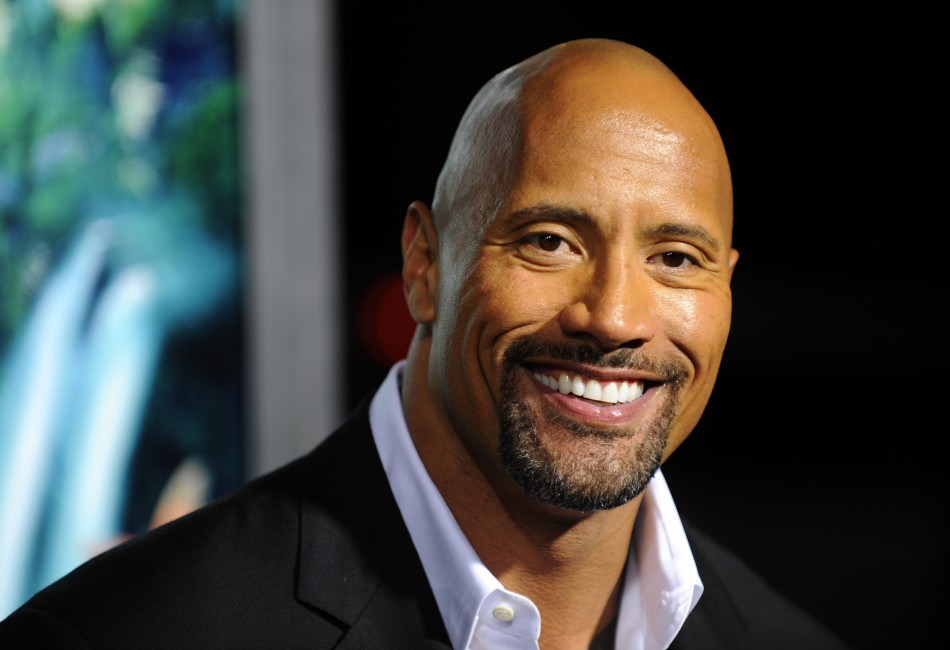
Pakistani flags of all designs and sizes are displayed on Lahore’s Ganpat Road near Urdu Bazaar, which local people claim was the starting point for major celebrations in the province pertaining to Independence Day 1947. The zeal has a unique impact on popular culture and generally leads to an ostentatious display of passion amongst those living in the vicinity.
“The flag is the fashion statement here. Everyone is looking for spaces to decorate and things to turn green and white these days,” says 65-year-old Babar Sattar who is the proud owner of one of the biggest flag shops in the market that houses around 2,000 to 4,000 flags as well as T-shirts and other clothing. “Every year it turns into somewhat of a competition as some neighbours still compete privately on who can own the biggest flag and so on,” he adds. The market is flooded with flags available in different materials such as paper, plastic, nylon and of course, cloth.
Sattar, who voluntarily adds the name Jandawala(flag seller) to his name, seems as excited as some of the families who come and visit the spot to buy flags and apparel. For most people, the tradition stems from culture as the reason to celebrate unites all Pakistanis. “It’s Ramazan but still the crowds get bigger as people come out to decorate the city,” he says.
The Jandawala explains that the traditional, plain green and white flag without any of the designs is still the most popular demand. However, people in other parts of the city and province enjoy busier designs,especially those which have Urdu inscriptions commemorating Independence Day on them. Alterations to the original flag is a hotly debated topic as some flags include pictures of the country’s founding father Quaid-i-Azam Muhammad Ali Jinnah while some include pictures of a nuclear bomb. “People celebrate these things the most but sadly, the government banned the flag with the bomb; it was our best seller,” says Muhammed Imran who has had a seasonal stall for nearly 15 years now. Imran explains that the flag-bearing tradition had commenced during General Ziaul Haq’s era because the general urged people to decorate their houses and celebrate August 14 ardently.
Next to Imran’s shop hangs one of the largest Pakistani flags in the market. Its creators Abdul Waheed and Ashraf Malik are now widely recognised for making large flags. Waheed explains that following the death of Nawab Akbar Bugti the Pakistan Army had commissioned a flag for Dera Bugti which stretched over 125 metres. “We had to lay out the flag in the Racecourse Park, Lahore. The crescent had to be hand-stitched but the whole project got good media coverage,” recalls Waheed whose shop also sells party decorations during the rest of the year. “Flag hoisting has become an important part of our identity as it allows us to show our kids the passion we have for this country.”
Waheed says that the huge flags are sometimes created through collaboration, and then put on major buildings and bridges. According to him, flags often get reused by their buyers but business for flag-makers, despite the economy, remains steady.
However, it seems inevitable that this trend will slow down because of inflation and because people belonging to other parts of Lahore celebrating less devotedly. One way to combat this trend is to incorporate the flag as a symbol in popular culture. However, fashion designer Kamiar Rokni says, that there had not been real attempts to use Pakistani flags in a patriotic manner due to mixed feeling towards it. “There have been some T-shirts which were used in a satirical sense,” says Rokni. “It’s really difficult because our feelings towards the flag, due to the circumstances in the country, can be mixed. There is a lot of criticism but one does not want to cross the line and be labeled as unpatriotic.”
Published in The Express Tribune, August 14th, 2011.
1732603002-0/lamar-(4)1732603002-0-405x300.webp)
1720420084-0/brad-pitt-(2)1720420084-0-165x106.webp)















COMMENTS (1)
Comments are moderated and generally will be posted if they are on-topic and not abusive.
For more information, please see our Comments FAQ